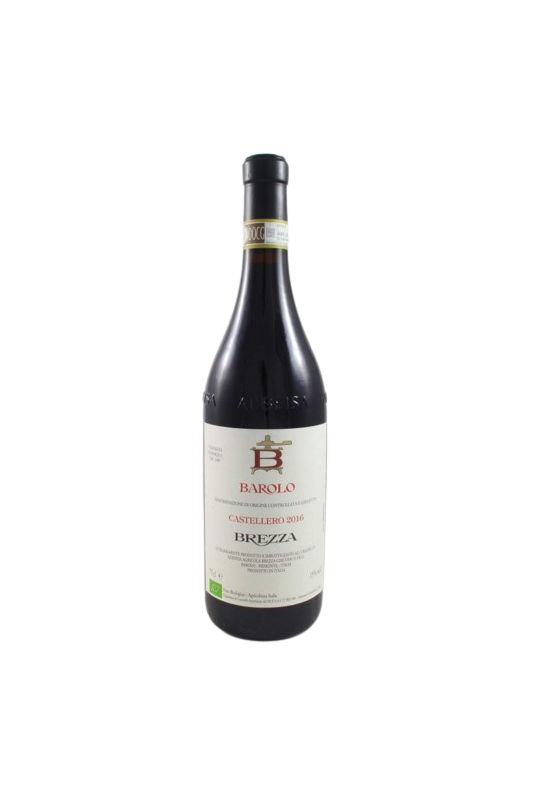



Location: Towns of Barolo
Soil structure: Sandy loam
Composition of soil: Sand 40%, silt 33%, clay 27%
Trellising: Vertical canopy
Vineyard expansion: 0,69201 ha
Pruning system: Traditional Guyot
Exposure: South
Planting with: 1 m X 2.7 m.
Altitude: 300 m
Plant density: 3,700 plants per hectare
Varietal: Nebbiolo
Sub varietal: Lampia
Production: About 6.000-7,000 KG / ha
Rootstock clone: K5BB
Year planted: 1970
Soil characteristics
The geological features that characterize this vineyard are called DIANO SANDSTONE, in the era of Elveziano originated by currents of murky underwater. This soil is sandier than Cannubi and gives a well-structured wine that when young will seem unbalanced. It is recommended for consumption at least 6 years after the harvest.
Production process
The vinification style, as for all our wines, is that we use a light hand that is more to accompany the grapes until the bottle. We believe that a wine especially from a single variety, is unique and unrepeatable we think of our winemaking like how a child is accompanied in its growth without force, to encourage their unique personality to come fourth. The above grapes are vinified separately only in vintages that are of good quality. In contrast, over the years less fortunate, we will plan to blend our Nebbiolo grapes from other subareas (Cannubi, Sarmassa) to produce a Barolo without the vineyard.
Serving recommendations
If you have a good storage cellar, in exceptional vintages, it would be better not to drink before the sixth year after the harvest the Barolo coming from a MEGA (Additional Mention of the Geographic) because if consumed younger you will miss out on the developed fragrances that emphasize the origin of the vineyard and also you will miss out on the qualities of the great aged reds. The service temperature can vary from 16-18 °C / 60-64 °F if the Barolo is young; it is recommended pouring it into a large glass directly from the bottle; if the wine has more the 15 years of age it would be better to open the bottle pour a small glass to taste and let rest in the bottle for 2 or 3 hours before serving. When a Barolo is more than 20 years, it is recommended to use a candle to control the clarity of the wine when being decanted, in order to leave the deposits that may have formed during aging. This operation must precede the consumption of at least 15 minutes. As for pairings, red meats, game, and stronger cheeses. Throughout the course of a meal it is recommended to start with a younger Barolo (less austerity) and as the meal progresses build up to a Barolo with more age and fuller character.
Data sheet
L'Azienda Agricola Brezza, nasce a Barolo nel 1885, è si trova a metri dal centro del piccolo comune di Barolo, immersa nei vigneti. L'azienda si estende su una superficie di 22 ettari, tra cui sedici e mezzo sono di vigneto, tutti i vini prodotti sono tutti a DOCG Denominazione di Origine Controllata e Garantita o DOC Denominazione di Origine Controllata. Brezza è una azienda ad agricoltura biologica certificata dalla quarta generazione. La filosofia aziendale consiste nel produrre vini monovitigno curando al meglio il vigneto con opportune potature e accurati diradamenti. Pratichiamo l’uso del sovescio e del compostaggio che esaltano la
You might also like